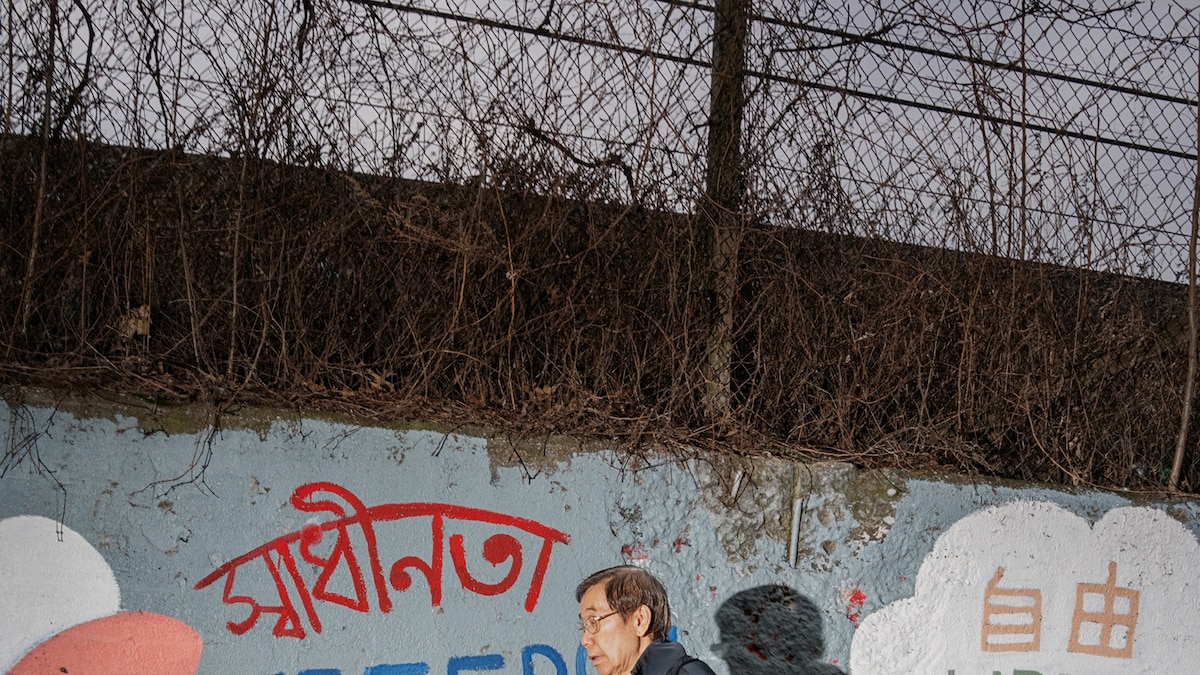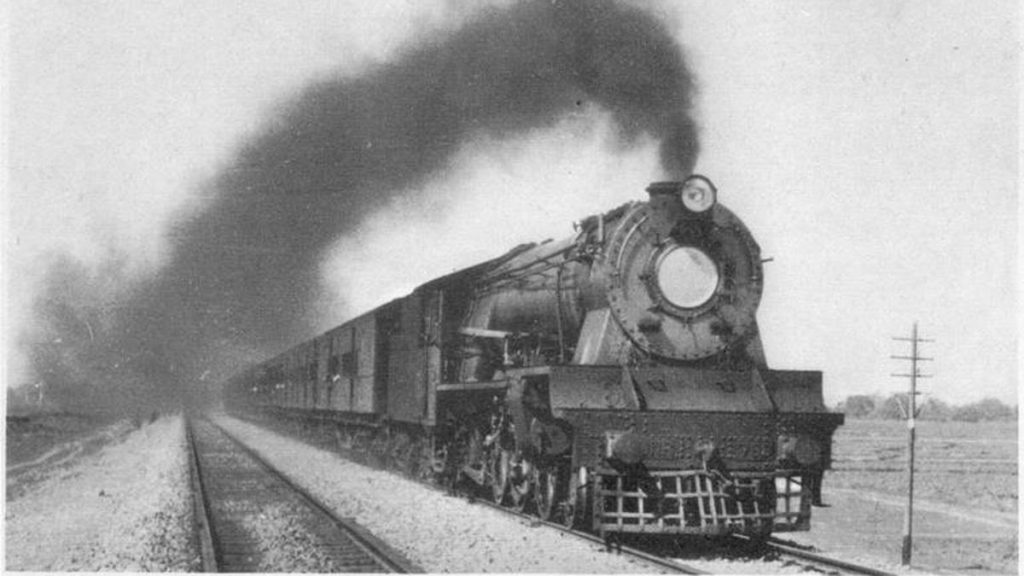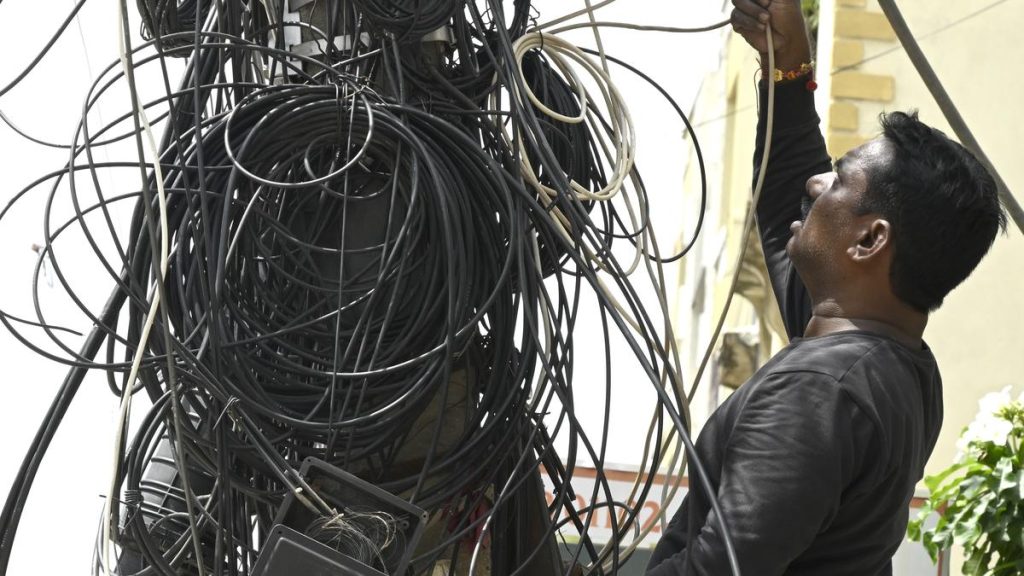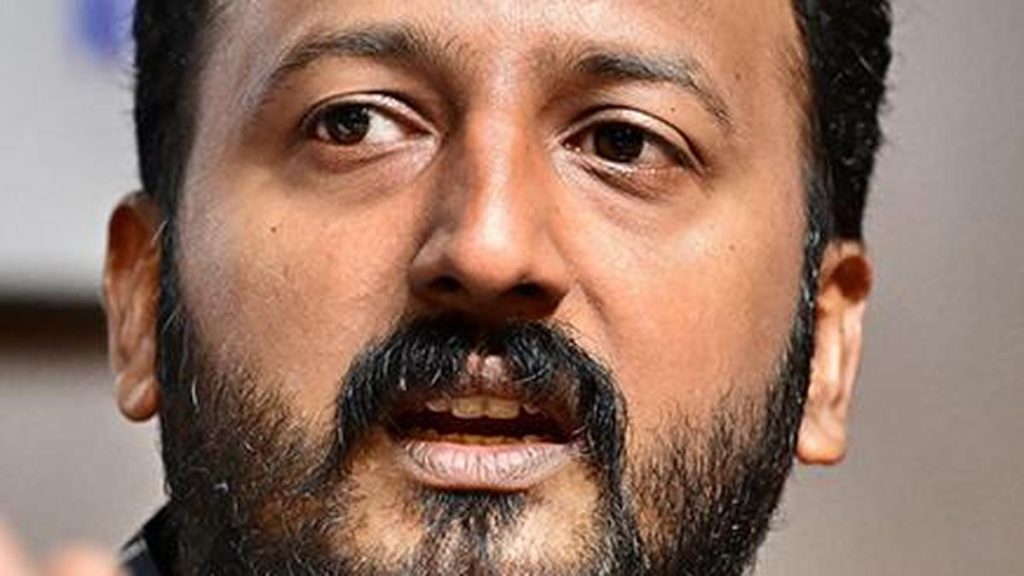Now Reading: India’s Linguistic Hub: A City of 700 Languages
-
01
India’s Linguistic Hub: A City of 700 Languages
India’s Linguistic Hub: A City of 700 Languages

Rapid Summary
- Seke,an endangered language from northern Nepal spoken by ~700 people,has found a new base in Brooklyn,New York.
- young speaker Rasmina Gurung learned Seke from her grandmother and has been documenting the language both in Nepal and New York. Many members of the Seke-speaking community now live in Brooklyn alongside speakers of other endangered Himalayan languages.
- New York City is home to over 700 languages-around 10% of the global total-making it the most linguistically diverse city in history. However, accelerating language loss and challenges like high living costs and immigration policies threaten this diversity.
- The Endangered Language Alliance is working to map linguistic communities across NYC to document disappearing languages while pushing for preservation and revitalization efforts.
- Community members use creative approaches to save their heritage: creating books for children, revitalizing traditional cuisines based on original meanings of words, or leveraging technology like N’ko scripts for modern use.
- The cultural convergence across NYCS neighborhoods holds artistic, culinary, educational, scientific promise but faces increasing fragmentation pressures.
Images include scenes illustrating linguistic diversity-Arabic markets in NYC; murals blending Bengali with English; Sunset Park showcasing Chinese signage; calendars printed in Hindi/malayalam-and representations from Spanish-speaking areas.
Indian Opinion Analysis
For India-a culturally rich nation defined by its immense linguistic diversity-the story of preserving endangered mother tongues such as Seke carries vital lessons. With hundreds of Indian dialects at risk due to urban migration and globalization forces pulling populations away from their roots-India faces similar challenges seen among immigrant communities abroad like those described here within Brooklyn’s “language hubs.” Efforts led by organizations such as the Endangered Language Alliance showcase practical value strategically tied towards mapping/documenting rare milestones enriched via thorough frameworks together rally through local-driven maintenance approaches interacting core guaranteed law-policy reforms safeguards permanent inclusivity accessibility
























